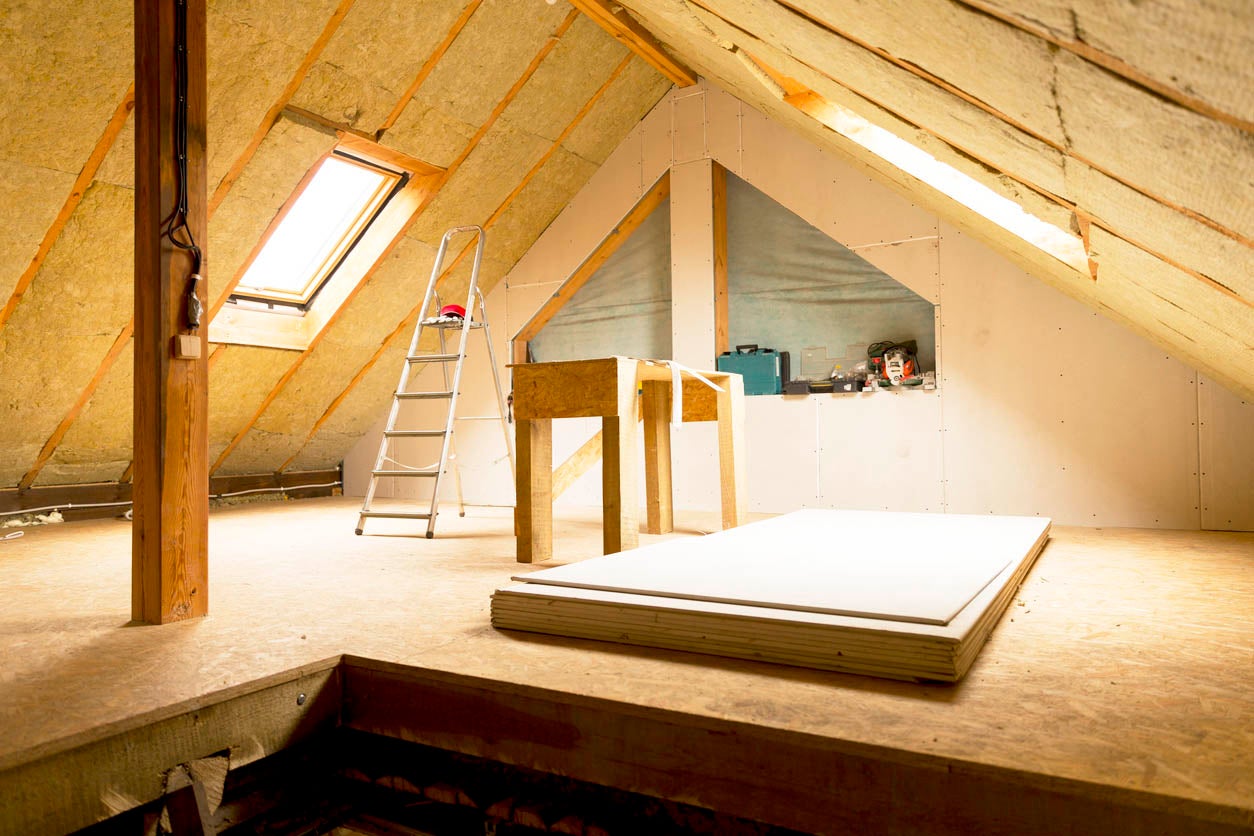

Articles
How Much Does It Cost For Insulation
Modified: October 31, 2024
Find out the cost of insulation and how it can benefit your home. Our articles provide valuable insights on insulation expenses and options.
(Many of the links in this article redirect to a specific reviewed product. Your purchase of these products through affiliate links helps to generate commission for Storables.com, at no extra cost. Learn more)
Introduction
Welcome to our comprehensive guide on the cost of insulation. Are you considering insulating your home but unsure about the expenses involved? In this article, we will explore the various factors that can affect the cost of insulation, the different types of insulation available, and the expenses associated with insulating different areas of a home.
Insulation plays a crucial role in maintaining a comfortable and energy-efficient home. It helps to regulate indoor temperatures throughout the year, reduces energy consumption, and provides soundproofing benefits. However, the cost of insulation can vary depending on several factors.
Factors such as the size of your home, the type of insulation material chosen, the complexity of the installation, and even the region you live in can all impact the overall cost. Understanding these factors will give you a clearer idea of what to expect and help you make informed decisions.
In the following sections, we will delve into the different types of insulation and their associated costs. We will also explore the expenses involved in insulating specific areas of a home, such as the attic, walls, and floors. Additionally, we will consider other factors to consider, such as building permits, additional materials, and the option of hiring professionals versus doing it yourself.
It’s important to note that while the focus of this article is on the financial aspect of insulation, it’s crucial to prioritize the quality of the insulation materials and installation for long-term energy savings and efficiency. A well-insulated home can provide significant energy cost savings in the long run and contribute to a more sustainable living environment.
Let’s now dive into the factors that can affect the cost of insulation.
Key Takeaways:
- Understanding the cost of insulation is crucial for planning and budgeting. Factors such as home size, insulation type, and installation complexity impact expenses. Prioritize quality for long-term energy savings and comfort.
- Consider hiring professionals for expertise and efficiency, or opt for a DIY approach for potential cost savings and learning opportunities. Prioritize quality and long-term energy savings for a comfortable, sustainable home.
Read more: How Much Does USA Insulation Cost
Factors Affecting the Cost of Insulation
Several factors can influence the cost of insulation in a home. Understanding these factors will help you make more accurate cost estimates and plan your insulation project accordingly. Here are the key factors to consider:
- Size of the Home: The size of your home is one of the most significant factors that determine the cost of insulation. Larger homes will require more insulation materials, which can increase the overall cost.
- Type of Insulation Material: The type of insulation material you choose will also impact the cost. Common insulation materials include fiberglass, cellulose, spray foam, and rigid foam. Each material has different pricing, and some may require additional installation costs.
- Insulation Thickness: The thickness or R-value of the insulation also affects the cost. Higher R-values offer better insulation performance but can be more expensive. Assessing the climate in your area and understanding the recommended R-values will guide your decision-making process.
- Installation Complexity: The complexity of the installation can influence the cost of insulation. Factors such as the presence of obstructions, difficult-to-reach areas, or intricate architectural features can increase labor costs and installation time.
- JOB Difficulty: The difficulty of the insulation job is another factor affecting cost. For example, insulating an open attic space is usually easier and less expensive than insulating walls or crawl spaces.
- Location: Regional variations in labor and material costs can impact the overall insulation expenses. The cost of insulation may differ depending on where you live, so it’s essential to research local pricing to get a more accurate estimate.
Considering these factors will help you determine a realistic budget for your insulation project. Keep in mind that while it may be tempting to opt for the cheapest insulation materials or compromise on installation quality, investing in high-quality insulation and professional installation can save you money in the long run by reducing energy bills and enhancing indoor comfort.
Now that we have explored the factors that affect insulation costs, let’s move on to discussing the different types of insulation and their associated expenses.
Types of Insulation and their Costs
When it comes to insulation, there are several types to choose from, each with its own advantages, disadvantages, and cost considerations. Let’s take a closer look at some common types of insulation and their associated costs:
- Fiberglass Insulation: Fiberglass insulation is a popular choice due to its affordability and effectiveness. It comes in batts or rolls and is made from glass fibers. The cost of fiberglass insulation typically ranges from $0.30 to $0.70 per square foot, depending on the R-value and thickness.
- Cellulose Insulation: Cellulose insulation is made from recycled paper or plant fibers and is often used in attics and walls. It has excellent soundproofing qualities and is relatively budget-friendly, ranging from $0.40 to $0.80 per square foot.
- Spray Foam Insulation: Spray foam insulation offers excellent thermal insulation and air sealing properties. It is applied as a liquid that expands upon contact and forms a hard foam. The cost of spray foam insulation is higher, ranging from $1.50 to $3.50 per square foot. However, its long-term energy savings can offset the initial cost.
- Rigid Foam Insulation: Rigid foam insulation panels are durable and provide high R-values. They are suitable for both interior and exterior applications. The cost of rigid foam insulation ranges from $0.70 to $1.50 per square foot.
- Reflective Insulation: Reflective insulation, also known as radiant barrier insulation, consists of a reflective material that helps to reduce heat transfer. It is commonly used in hot climates. The cost of reflective insulation varies widely depending on the specific product and application method.
In addition to the type of insulation, other factors such as insulation thickness and the size of the area being insulated can affect the overall cost. It’s essential to consider the specific requirements of your home and consult with insulation professionals to determine the most suitable type of insulation for your needs and budget.
Now that we have covered the different types of insulation and their costs, let’s delve into the expenses associated with insulating different areas of a home.
Cost of Insulating Different Areas of a Home
Insulating different areas of your home can have varying costs based on factors such as the size of the area, the type of insulation material used, and the complexity of the installation. Let’s explore the common areas that are typically insulated and the associated costs:
- Attic: Insulating the attic is essential for preventing heat loss and improving energy efficiency. The cost of attic insulation varies depending on the size of the attic and the type of insulation. On average, the cost can range from $1.00 to $3.00 per square foot.
- Walls: Insulating the walls can provide significant energy savings and enhance comfort. The cost of wall insulation depends on various factors, such as the number of walls, the accessibility of the walls for installation, and the insulation material chosen. On average, wall insulation can range from $1.50 to $4.00 per square foot.
- Floors: Insulating floors helps to minimize heat transfer and improve energy efficiency. The cost of floor insulation varies based on factors such as the type of insulation, the size of the area, and the accessibility. On average, floor insulation can range from $1.50 to $3.50 per square foot.
- Crawl Spaces: Insulating crawl spaces helps to reduce moisture, prevent air leaks, and enhance energy efficiency. The cost of insulating crawl spaces depends on the size of the crawl space, the insulation material used, and any additional encapsulation or moisture barrier requirements. The cost can vary, but it typically ranges from $2.00 to $6.00 per square foot.
- Basements: Insulating basements is crucial for controlling temperature and moisture levels. The cost of insulating basements can vary significantly depending on the size of the area, the insulation method (interior or exterior), and any additional requirements such as waterproofing or finishing. On average, basement insulation can range from $3.00 to $8.00 per square foot.
Remember, these are just average cost ranges, and the actual cost can vary depending on your specific requirements and local market conditions. It’s advisable to obtain multiple quotes from insulation professionals to get a more accurate estimate for your specific project.
Now that we’ve discussed the cost of insulating different areas of a home, let’s move on to additional costs and considerations you should keep in mind.
When considering the cost of insulation, it’s important to factor in the type of insulation, the size of the area to be insulated, and the labor costs for installation. Additionally, consider the long-term energy savings that insulation can provide.
Additional Costs and Considerations
When planning for insulation installation, it’s essential to consider additional costs and various factors that can affect the overall expenses of the project. Here are some important considerations:
- Building Permits: Depending on your location and the scope of the insulation project, you may need to obtain building permits. Permit costs vary, so be sure to factor them into your budget.
- Additional Materials: In addition to the insulation material itself, there may be additional materials required for installation, such as vapor barriers, sealants, and fasteners. These materials can add to the overall cost, so factor them into your budget estimates.
- Removal of Existing Insulation: If your home has old or damaged insulation, it may need to be removed before installing new insulation. The cost of insulation removal will depend on factors such as the area to be cleared and the type of insulation present.
- Accessibility: The accessibility of the areas to be insulated can affect the cost. Hard-to-reach areas may require extra labor and time, which can add to the overall expenses.
- Professional Installation: While some homeowners opt for DIY insulation projects to save costs, hiring a professional insulation contractor ensures proper installation and optimal energy efficiency. Professional installation may have upfront costs, but it can save you money in the long run by minimizing mistakes and maximizing insulation performance.
- Energy Savings: It’s crucial to consider the long-term energy savings associated with insulation. While insulation installation can be a significant upfront investment, it can lead to substantial energy cost savings over time, potentially offsetting the initial expense.
It’s recommended to consult with insulation professionals to assess your specific situation and obtain accurate cost estimates. They can evaluate your home, provide guidance on the most suitable insulation materials, and help you understand any additional costs or considerations specific to your project.
Now that we’ve covered additional costs and considerations let’s explore the decision of hiring a professional versus a DIY insulation installation.
Read more: How Much Does Insulation Cost For A House
Hiring a Professional vs. DIY Insulation Installation
When it comes to insulation installation, one of the key decisions homeowners face is whether to hire a professional or attempt a DIY installation. Both options have their pros and cons, so let’s examine them:
Hiring a Professional:
Opting for professional insulation installation offers several advantages:
- Expertise: Insulation professionals have the knowledge and experience to assess your home’s insulation needs accurately. They can recommend the most suitable materials and ensure proper installation for optimal energy efficiency.
- Efficiency and Quality: Professionals have the necessary equipment and skills to complete the insulation job efficiently and with high quality. They can handle complex installations and ensure all areas are properly insulated, reducing the risk of future issues or energy wastage.
- Time and Convenience: Hiring professionals saves you time and effort, as they will handle all aspects of the insulation project. They will bring the required materials, complete the installation efficiently, and clean up afterward.
- Warranty and Guarantees: Professional insulation contractors often provide warranties or guarantees on their workmanship and materials used. This gives you peace of mind knowing that any issues or repairs will be taken care of by the professionals.
DIY Insulation Installation:
While DIY insulation installation may be appealing for some, it’s important to consider the following:
- Cost Savings: DIY insulation can potentially save you money on labor costs. You can purchase the insulation materials yourself and complete the installation at your own pace.
- Learning Opportunity: Installing insulation yourself can be a learning experience, allowing you to gain knowledge and skills in home improvement. It can also provide a sense of accomplishment.
- Time and Effort: DIY insulation installation can be time-consuming and physically demanding, especially if you are not experienced in this type of work. It’s essential to be prepared for the amount of time and effort involved.
- Potential Mistakes: Improper insulation installation can lead to energy inefficiency, air leaks, and other issues. It’s crucial to research and follow proper installation techniques to ensure effective insulation.
Ultimately, the decision of hiring a professional or doing it yourself depends on various factors, such as your budget, time availability, comfort level with DIY projects, and the complexity of the insulation job. If you are unsure or lack experience, it’s recommended to consult with insulation professionals to assess your specific needs and determine the best approach.
Now that we’ve explored the options of hiring professionals and DIY insulation installation, let’s conclude our guide on the cost of insulation.
Conclusion
Insulating your home is a wise investment that can improve energy efficiency, reduce utility bills, and enhance overall comfort. However, understanding the cost of insulation is crucial in planning and budgeting for this home improvement project. By considering various factors, exploring different types of insulation, and understanding the costs associated with insulating different areas of your home, you can make informed decisions and achieve optimal results.
Factors such as the size of your home, the type of insulation material chosen, the installation complexity, and regional variations can all impact the overall cost of insulation. It’s important to carefully evaluate these factors and obtain multiple quotes from insulation professionals to get a more accurate estimate for your specific project.
Furthermore, it’s crucial to consider additional costs and considerations such as building permits, additional materials, insulation removal, accessibility, and the long-term energy savings insulation can provide. These factors can influence the overall expenses and should be taken into account during the planning stage.
Deciding between hiring a professional or opting for a DIY insulation installation is another crucial consideration. While hiring professionals ensures expertise, efficiency, and quality, a DIY approach can offer cost savings and a learning opportunity. Evaluate your own skills, time availability, and comfort level with DIY projects to determine the best approach for your situation.
Remember, the cost of insulation should not be the sole determining factor. Prioritize the quality of insulation materials and installation for long-term energy savings and efficiency. A well-insulated home not only reduces energy consumption but also contributes to a more sustainable living environment.
In conclusion, understanding the cost of insulation, exploring different types of insulation, and considering various factors will help you plan and budget for your insulation project successfully. By making informed decisions, you can create a comfortable and energy-efficient home while maximizing the value of your investment.
Frequently Asked Questions about How Much Does It Cost For Insulation
Was this page helpful?
At Storables.com, we guarantee accurate and reliable information. Our content, validated by Expert Board Contributors, is crafted following stringent Editorial Policies. We're committed to providing you with well-researched, expert-backed insights for all your informational needs.
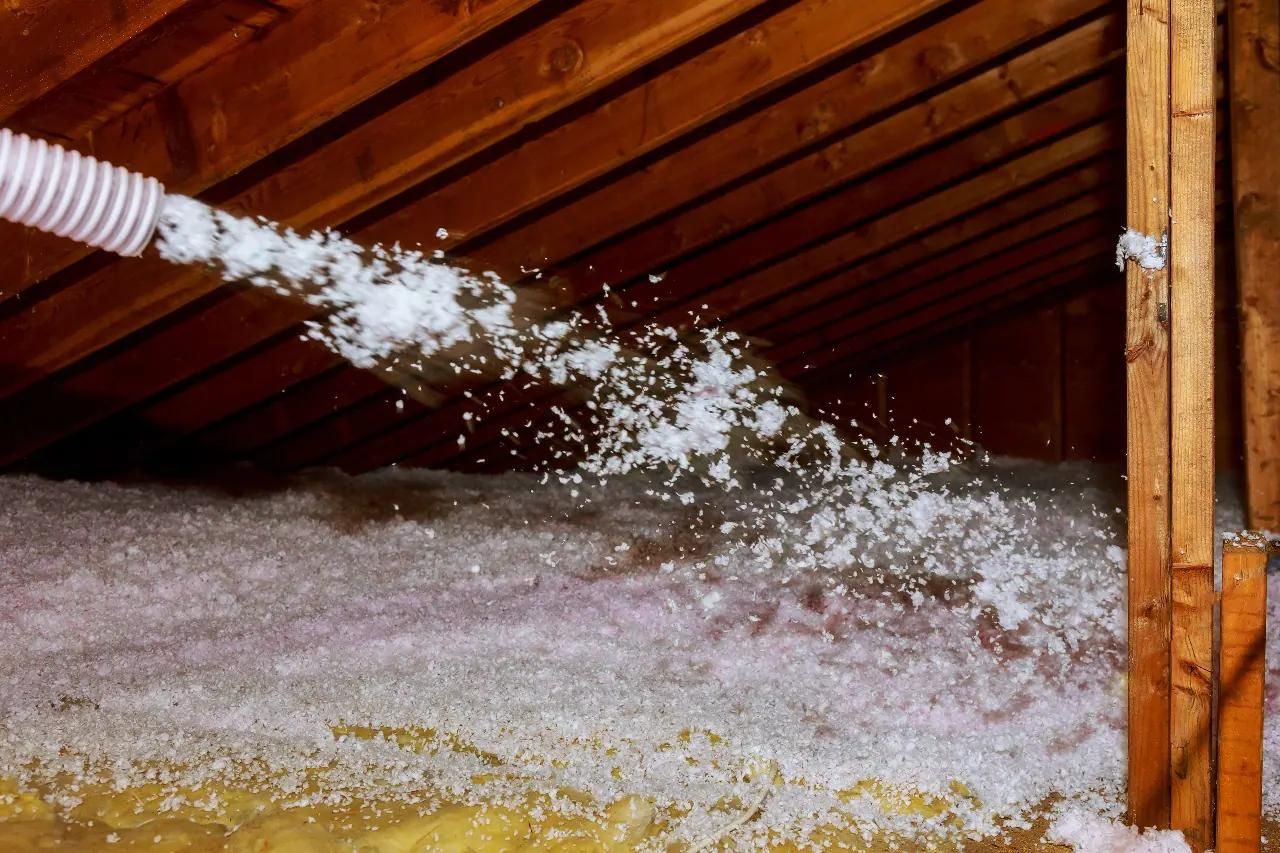
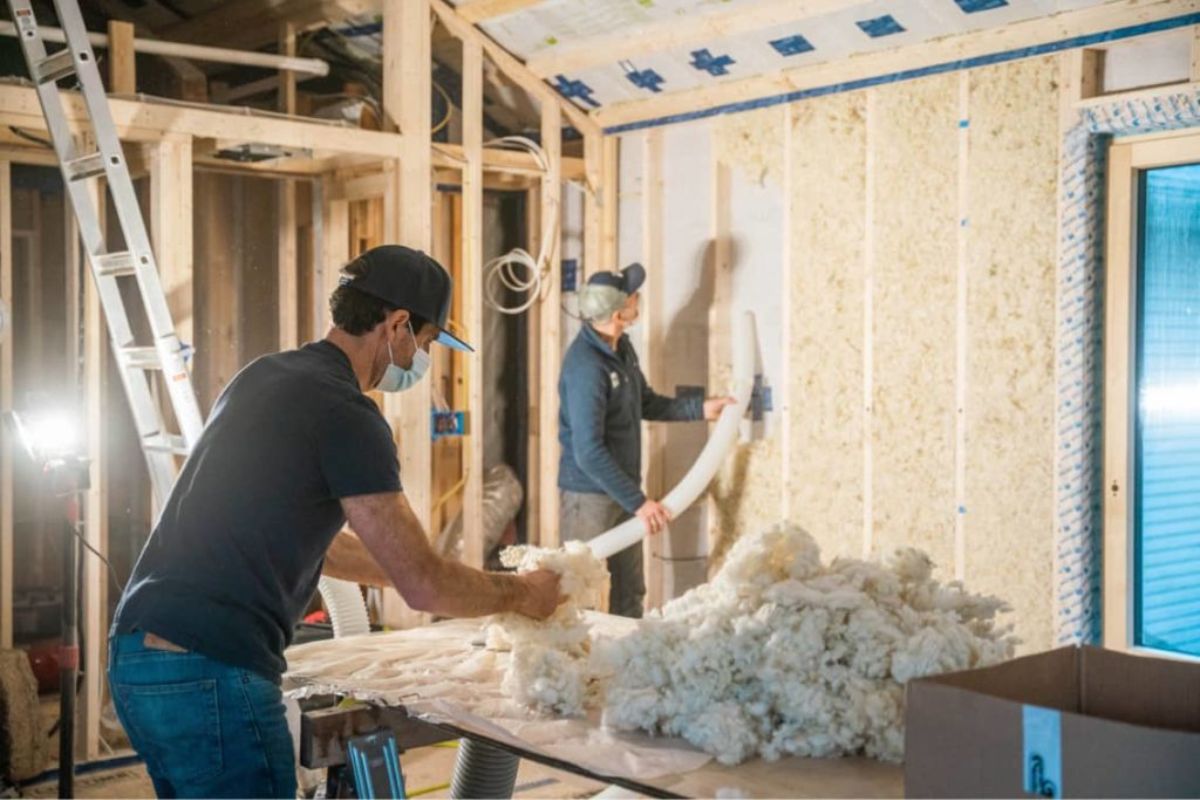
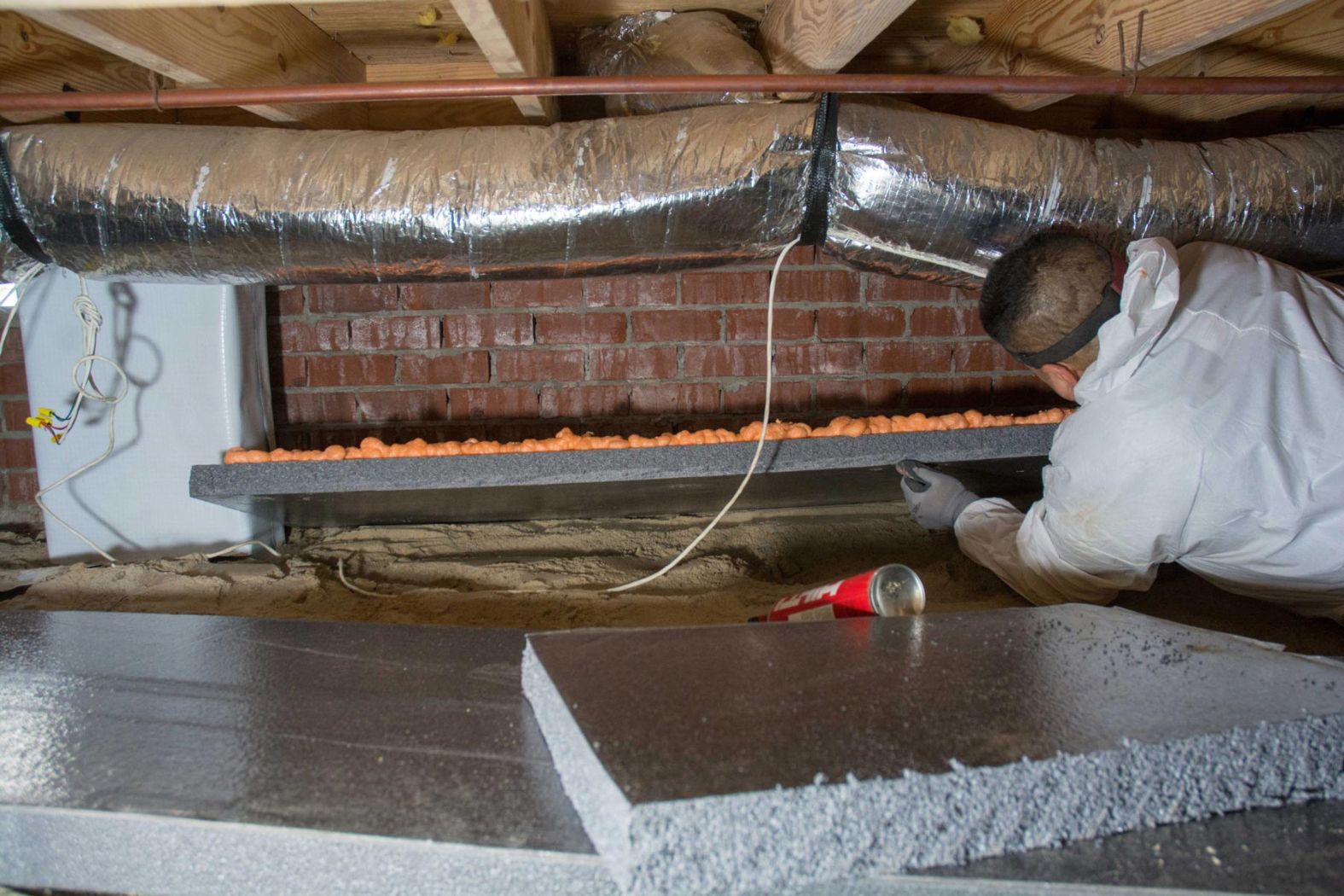
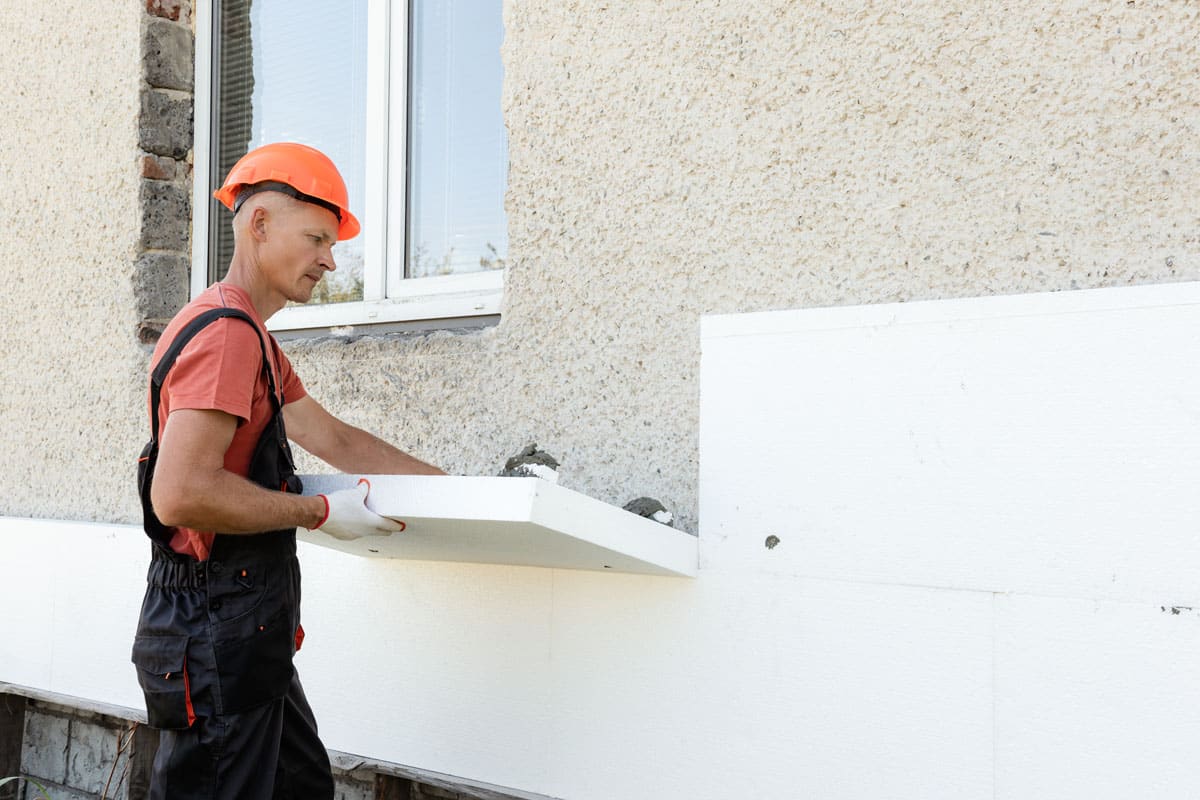
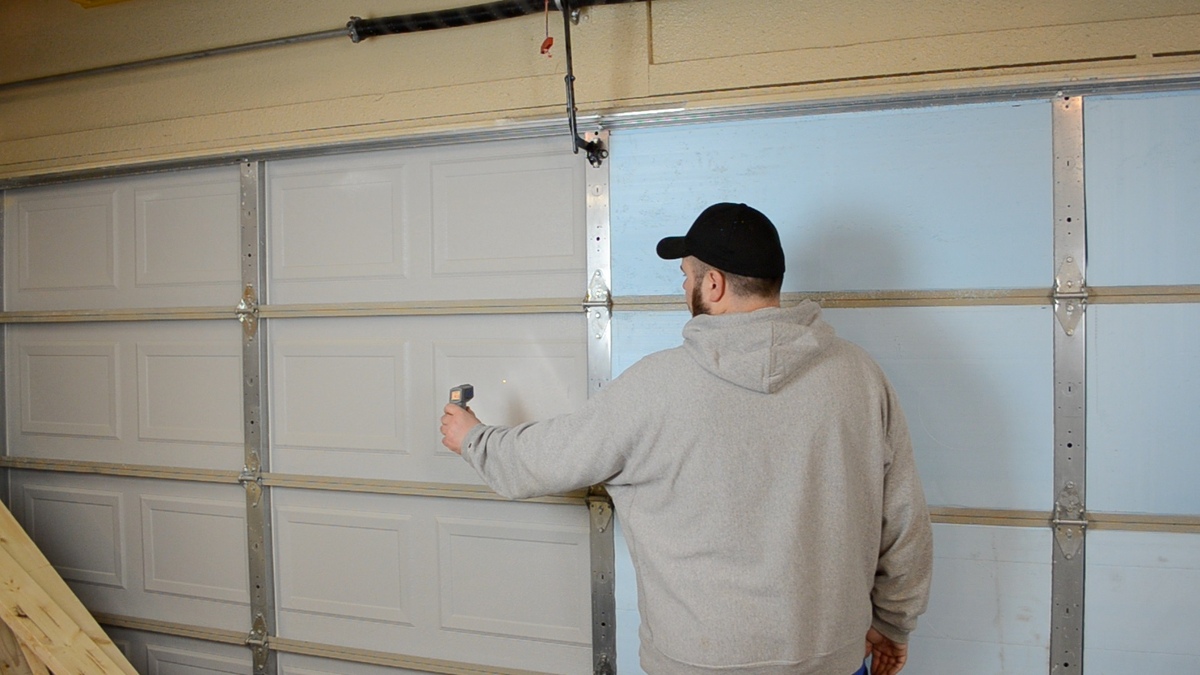
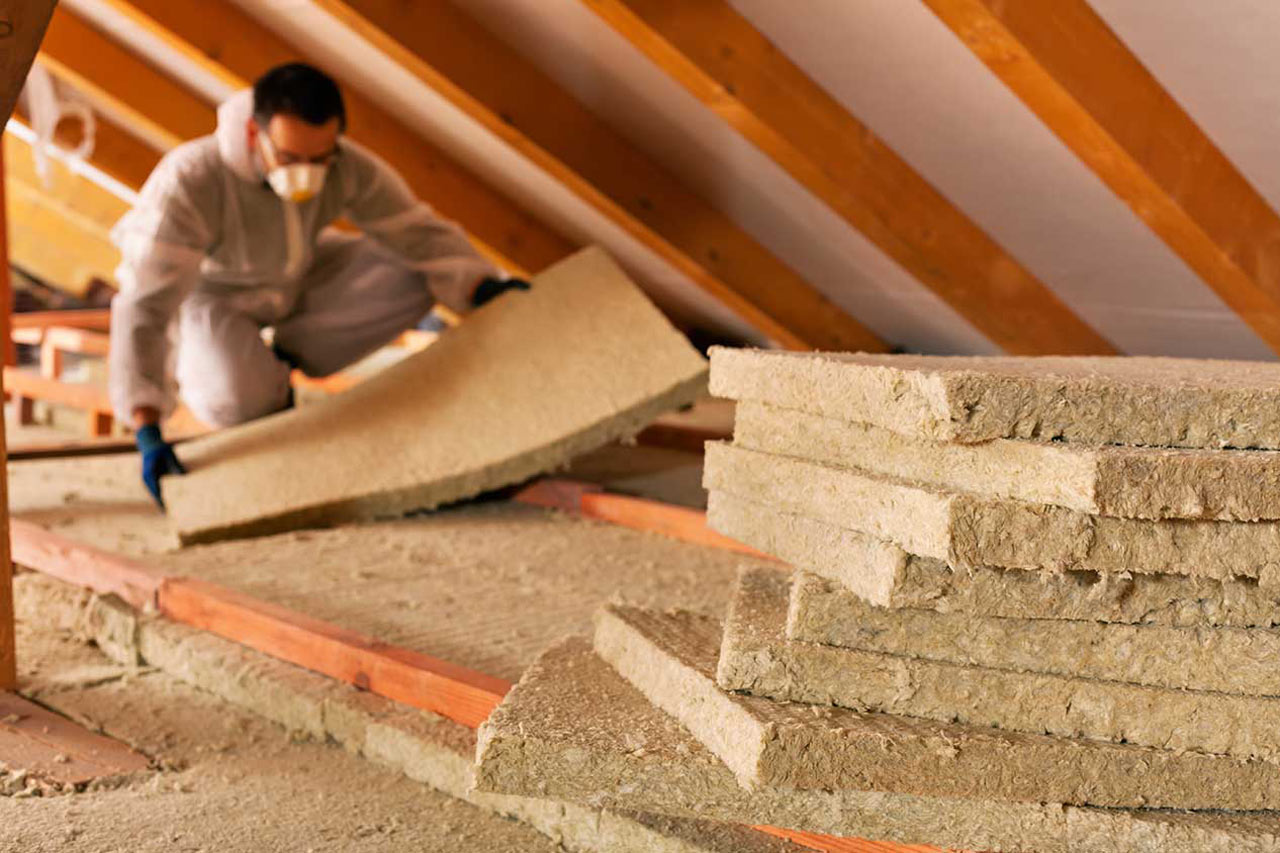
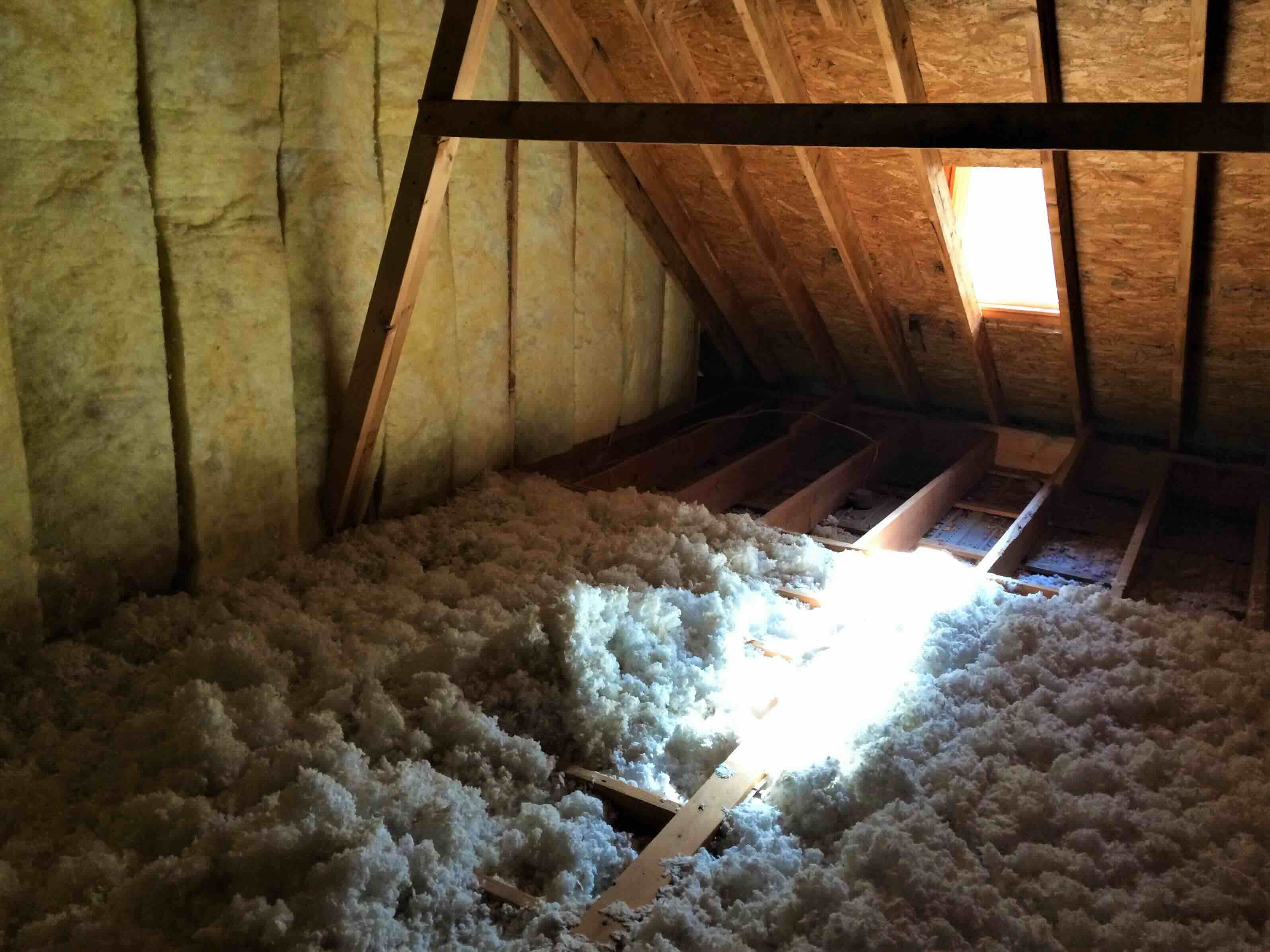
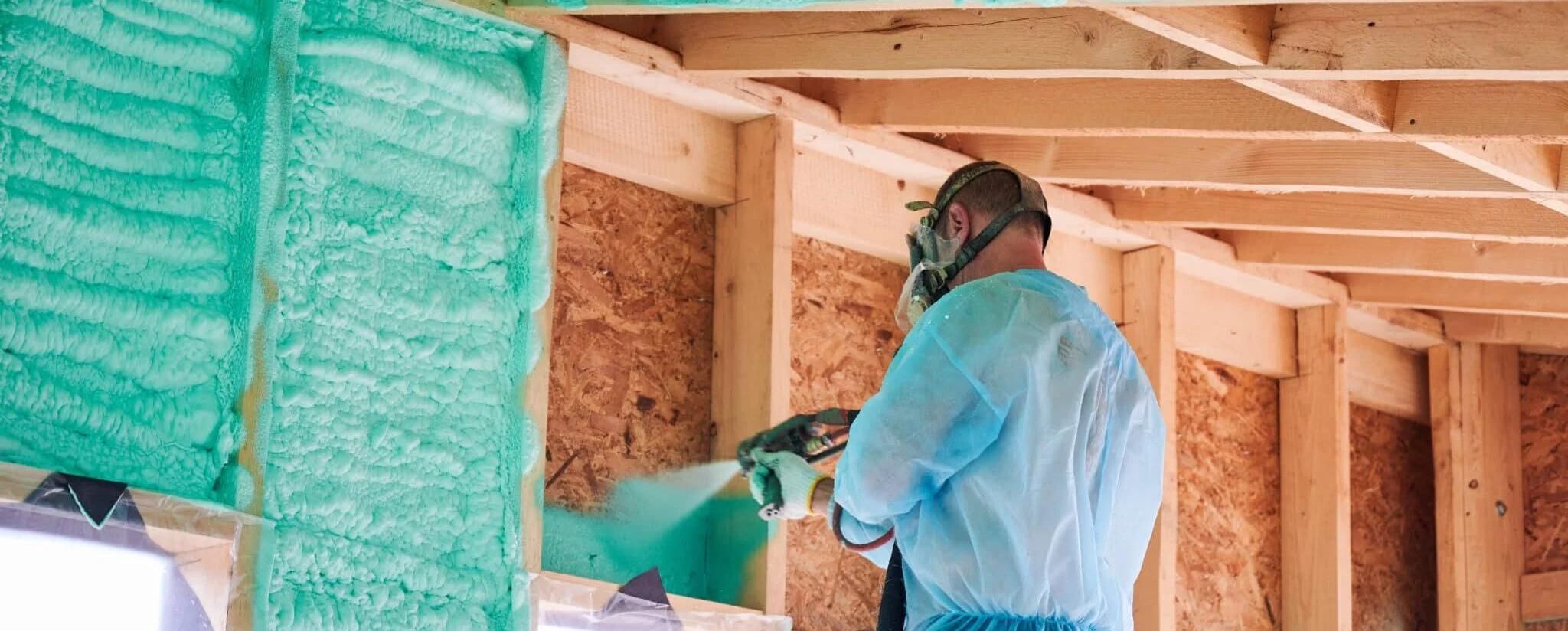


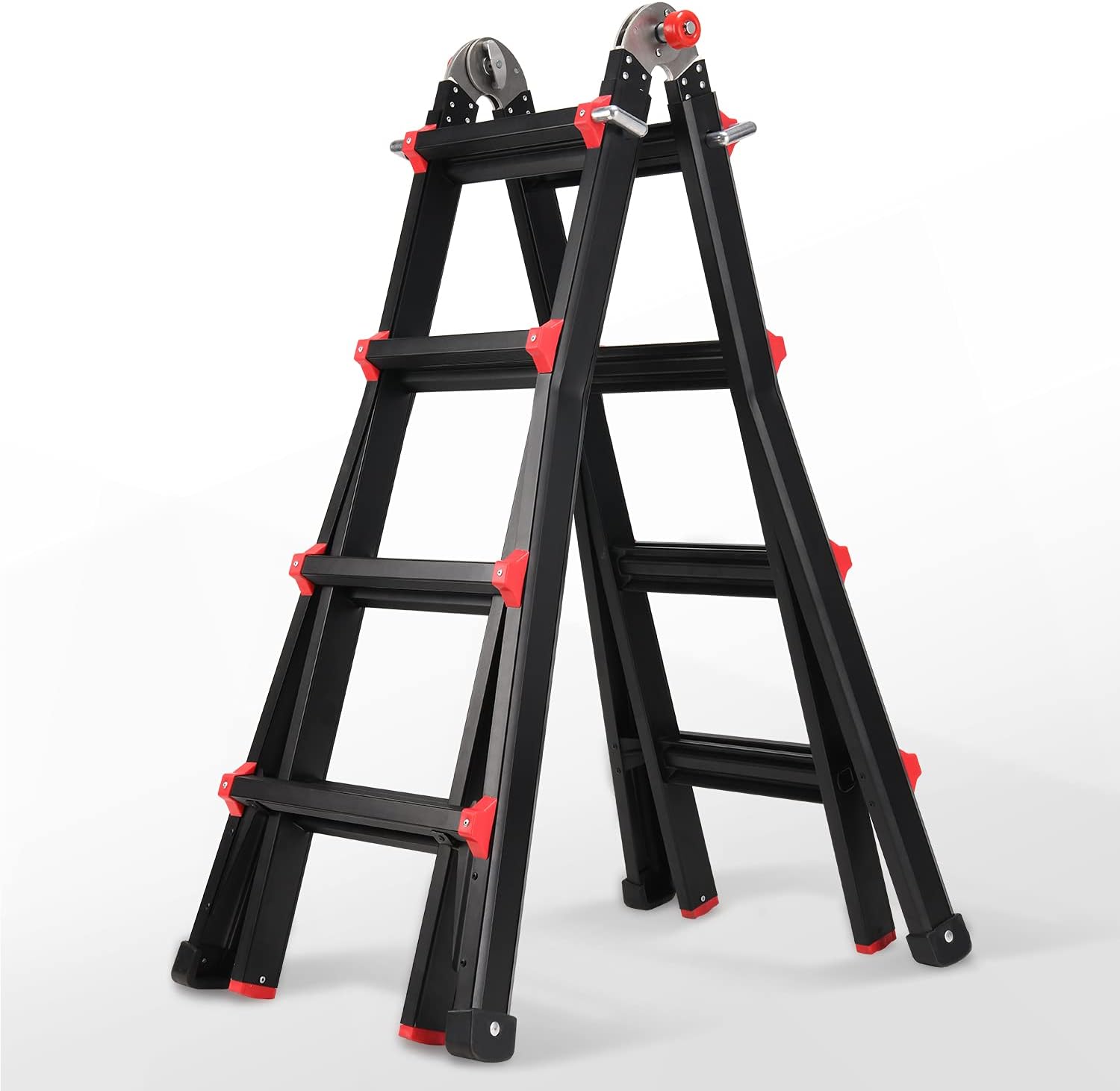




0 thoughts on “How Much Does It Cost For Insulation”